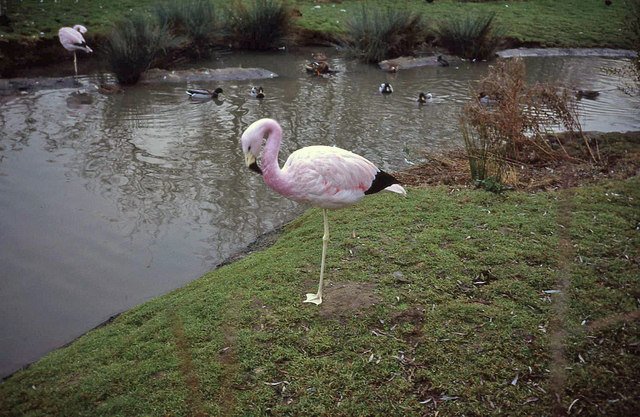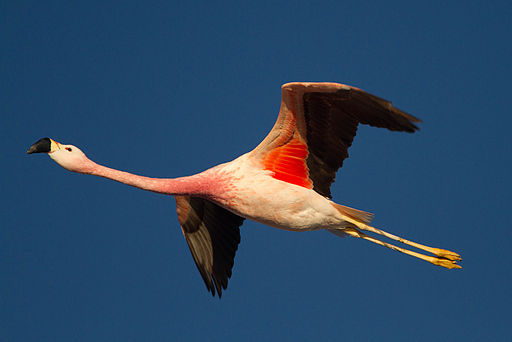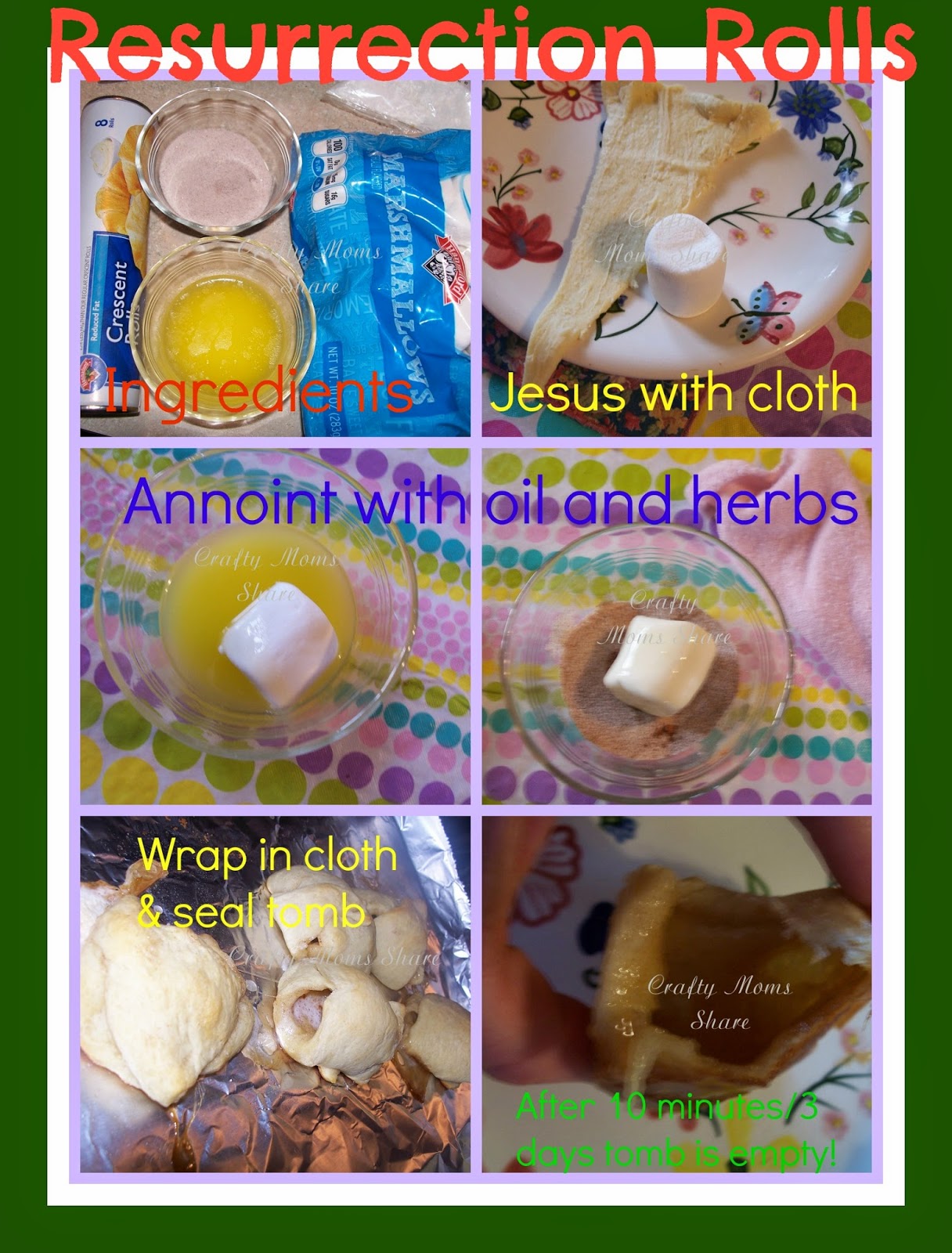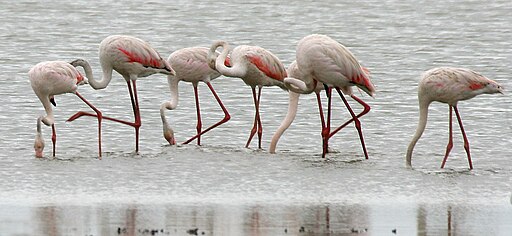Spring has finally arrived in New England!! We went from below average temperatures to warmer than average and lots of sunshine this week. I am loving it and so is Hazel. As a result, our craft ideas are put aside for being outside. We have been exploring nature and just playing. Here are some of our adventures from this week.
Showing posts with label birds. Show all posts
Showing posts with label birds. Show all posts
Spring Fever = Time Outdoors!
Activities for Understanding Easter
I hope you have been enjoying our exploration of Easter Around the World. Today I thought I would take a break from it and share some of the things we have been doing to remember and understand the true meaning of Easter and the events of Holy Week. First we will start with a few of the Easter books we have been reading that really share the meaning and give children a good idea of Easter and the story.
The first book is an old book that is out of print, but we found it at our library as well as our church's library. I also just ordered a used copy from Amazon. It is The Robin and the Thorn by Sara Lee Donze. The only pictures of it I found on-line do not include the jacket cover. However I did take one before we returned it to the library.
This is a wonderful tale of a brown bird who watches the events of Holy Week unfold. He sees the mysterious man on a donkey that the crowd cheers and waves palms as well as put cloaks on the ground for the donkey to walk on. He visits Jerusalem the night of Maundy Thursday to get crumbs from all the houses having their Seder Dinner and watches as Jesus washes the feet of the disciples and hears the disciples at first argue with him about doing it. Jesus sees him and feeds him some of the bread. He watches as the soldiers arrest Jesus in the garden and take him away. He watches as Jesus is tortured and he tries to help Jesus by removing a thorn that is piercing his forehead. The blood on the thorn turns the brown bird's chest red He watches as Jesus is crucified and dies. He awakens a few mornings later to find his chest is still red and watches as the women find the empty tomb. He sings a song of joy for he understands what it means. This is a legend of how the robin got his red chest.
To go along with this book we made a crown of thorns bread. I got this idea from Catholic Icing: Crown of Thorns Bread. (She also has a wonderful Good Friday lunch idea posted.) The bread is easy to make. You can use any bread recipe or a pre-made one. We went the easy method for this and used a Pillsbury French bread dough. You also need a bag of pretzel sticks and an egg. To make it you beat the egg. Divide the dough into three long strips and braid them. Then form them in to a circle. Then "paint" the dough with the egg--this was Hazel's favorite part. Bake it according to recipe. When it comes out you add the thorns by pushing the pretzels in it. When Hazel ate a pretzel out of it she told me she was removing a thorn.
Last year we made a crown of thorns from clay and toothpicks.
The next book, The Legend of the Sand Dollar: An Inspirational Story of Hope for Easter by Chris Auer, I shared on Sunday. We had not had time to do one of the activities to go with it yet, but now we have. We made sand dollar cookies. We unfortunately did not have almond slivers and tried slices. Slivers would have been much better.
The final book is from a series of books that I love. The book, God Gave Us Easter by Lisa Tawn Bergren, is a wonderful tale with the polar bears and Little Cub discovering the meaning of Easter and how God talks to her heart. Although we did not do a direct activity to go with this book, we have done some more for the meaning of Easter.
We made Resurrection Rolls like we have in the past. I did a picture tutorial for you. We also grew our Resurrection Garden. We started it late, but luckily I had gotten fast growing grass seeds and with just about a week of growth time it looks pretty good.
Our final craft is not really about the meaning of Easter but is a fun one. I saw it over at Tippytoe Crafts: Peeps Nest. Hazel has been home sick this week and I thought this would be a fun craft for her to do quickly. (Her fever is finally dropping and she has more energy.) All you need for this craft is a cupcake liner, some Easter grass, jelly beans and a Peeps chick.
Under the chick are her eggs of course.
For more ideas on sharing the Easter story and true meaning check out:
Virtual Book Club for Kids: In the Tall, Tall Grass by Denise Fleming
Today we are going to share our April book for Virtual Book Club for Kids. This month's author is Denise Fleming. We had not read many Denise Fleming books previously, but found them to be fun. Her books have few words but beautiful pictures. She has a wonderful website full of activities to go with her books.
Posted by
Carrie

Virtual Book Club for Kids: In the Tall, Tall Grass by Denise Fleming
2014-04-14T13:56:00-04:00
Carrie
birds|book club|bugs|children's books|educational|Game/Actvity|ladybug|reading|
Comments
Labels:
birds,
book club,
bugs,
children's books,
educational,
Game/Actvity,
ladybug,
reading
Welcome, Spring!! Spring Craft Round-Up
What comes to mind when you think spring? There are so many wonderful parts to spring. The weather gets warmer; the flowers bloom; the world seems to wake up and then there are all the animals that return. Since spring officially began today at 12:57 p.m., I thought we would do a round-up of my spring crafts, activities and books so far on Crafty Moms Share. I will do an Easter round up another time and I did a Lent round up a couple of weeks ago.
Peace Through Love teachings of Dr. Martin Luther King, Jr.
Have you entered my current giveaway yet?
Monday the United States celebrates the holiday remembering Dr. Martin Luther King, Jr. Last week I shared a simple craft and a round-up of books to learn about the holiday and about the life of Martin Luther King, Jr. Since Dr. King believed in change through peace and getting rid of hatred by love.
"Darkness cannot drive out darkness only light can do that. Hate cannot drive out hate, only love can do that." -- Martin Luther King, Jr.I wanted to do some crafts involving symbols of peace and love. I went looking for some inspiration on Pinterest. I knew I had pinned some dove crafts in my Religion/Church Board. For my first craft I was inspired by Holy Spirit Craft - Make a Dove from a Paper Plate on Catholic Icing.
This craft is easy. You draw the head to tail body on the plate and cut it out and then use the scraps to get the two wings. You add a face and feet and glue the wings on. Then I added a heart button and the words "Peace through Love". Now we have a visual reminder of Dr. King's teachings.
For a similar craft I was inspired by Handprint Dove on Free Kids Crafts. I used Hazel's handprints for the wings and the printable provided by Free Kids Crafts. Then I glued it on to a large heart doily (which Hazel is using for her Valentines). I thought it made another nice visual of Dr. King's teachings.
For more ideas check out my Civil Rights/MLK Pinterest Board and join us tomorrow for some more on Martin Luther King, Jr. including more books to share and more crafts!!
Posted by
Carrie

Peace Through Love teachings of Dr. Martin Luther King, Jr.
2014-01-18T20:00:00-05:00
Carrie
birds|crafts|love|MLK|Multicultural|paper plate craft|peace|religion|
Comments
Labels:
birds,
crafts,
love,
MLK,
Multicultural,
paper plate craft,
peace,
religion
Flamingo Friday--The Andean Flamingo
 |
| Source: Copyright Trevor Rickard and licensed for reuse under this Creative Commons Licence |
The Andean flamingo is the rarest of the world's five species of flamingos. They belong to one of the oldest bird families which originated over 50 million years ago and are now threatened by the continuing exploitation and deterioration of their habitat. The Andean flamingo has show a decline equal to 24 percent in 15 years. Breeding success is consistently low and the adults live 50 years (therefore considered long-lived).
 |
| By Valerio Pillar (DSC_5251.JPG (DSC_5241 cropped)) [CC-BY-SA-2.0], via Wikimedia Commons |
They live on the puna. The puna is a high, cold, dry plateau in the Andes Mountains. These flamingos live in Peru, Argentina, Bolivia and Chile. The flamingos live in lakes where the water is ten times as salty as the sea. The lakes are home to diatoms which are microscopic single-cell algae which is what these flamingos eat. Like all the other flamingos, the Andean flamingo is an upside down filter feeder. (For more on feeding see my post here.) Here is a YouTube video of some Andean flamingos feeding Wildfowl and Wetlands Trust near Slimbridge, Gloucestershire, United Kingdom.
In the winter the Andean flamingos migrate to the lower wetlands. It is expected that this migration is due to the extreme aridity of the lakes in winter. (Source)
The species nest in only ten or so major colonies and the breeding sites are under increasing pressure. Away from regular colonies, the flamingos are still hunted for their meat, feathers and fat (used in traditional medicine). Most of the birds killed are juveniles. Some people also remove their eggs for personal consumption or to be sold. There have also been an increase in mining near the breeding colonies and the development of the mining industry and towns to support it are major threats. There is water pollution as well as water diversion which cause fluctuating water levels. (For more on breeding and the life of a chick see my post here.
 |
| Source: Arpingstone at Wikimedia Commons |
 |
| By Paulo Fassina (Flamingo Flying 2) [CC-BY-SA-2.0], via Wikimedia Commons |
I should note that only the greater flamingo is not considered threatened. Even with several million birds (all four species combined) they are threatened due to hunting, long breeding cycle and there are fewer than 30 major breeding sites in the world.
I'll be sharing this in the Multicultural Kid Blog Hispanic Heritage Blog Hop. Have you entered the amazing giveaway yet?
Posted by
Carrie

Flamingo Friday--The Andean Flamingo
2013-09-19T20:00:00-04:00
Carrie
animals|birds|educational|endangered|flamingo|Hispanic|Multicultural|
Comments
Labels:
animals,
birds,
educational,
endangered,
flamingo,
Hispanic,
Multicultural
Flamingo Friday--Flamingos' Coloring
Welcome to our second Flamingo Friday!! We have been enjoying learning more about flamingos and hope you are too! Today we are sharing a non-fiction book with you and something we learned from it.
We have been reading several flamingo books. We will share each one with you eventually. If you missed the first one which was the wordless Flora and the Flamingo, you can check it out here. Today we are going to share Wild Flamingos by Bruce McMillan.
Now before I begin with what we did with this book, I would like to point out the wonderful picture on the cover. I love it because you can see the black flying feathers of the flamingo. Did you know they had black feathers?
| Source |
This book focuses on flamingos on the Caribbean island of Bonaire. The species of flamingo are the Greater Flamingos which are the largest of the flamingos. Their average height is five to five and a half feet tall. Their average weight is eight pounds for the males (who are taller) and six and a half for the females. Their populations is estimated to be half of the number there was before Europeans first came to the Americas. Bonaire protects the flamingos and their breeding ground. There is concern about the development of their feeding area in Venezuela though. The book goes through the lives of a flamingo from birth until adulthood and returning to nest again.
Now many people know that flamingos get their color from the food they eat. They eat small shellfish and immature brine flies at both the free-swimming larvae and intermediate chrysalid stages. All of these animals eat aquatic plants and bacteria that contain the same chemicals that make carrots orange. So for a simple craft we decided to paint with carrots. We experimented with a few different methods. First we took a carrot and tried to use it as a paintbrush. I gave Hazel pictures to color that I printed out. The first one came from Lucy Learns.
This method worked all right, but was not great. Here is our end result:
Our other method involved grating the carrot and then placing the pieces on the picture and hammering them into the picture.
We put a piece of paper on the bottom and top. I think we actually flipped it so the picture was on top. Immediately afterward the picture looked like this:
This coloring page came from The Color. Then after it dried a bit, I picked off some of the carrot flakes and we got this:
We also bought a can of carrots to try to paint with, but we haven't had time yet.
The other interesting thing I learned about flamingos is how they eat. The flamingos always eat with their heads upside down. Their top jaw is hinged and moves like our lower jaws. They filter-feed and are able to separate the food from water and mud. Their bills are lined with hair like teeth that filter the food. Sometimes you will see a flamingo move its feet and bill around before eating. This is to stir up the mud a bit and get the food in the water since it is easier to filter water than mud.
So that is our lesson flamingos this Flamingo Friday!! I hope you enjoyed it!! And definitely check out Wild Flamingos by Bruce McMillan for more about the Greater Flamingos in Bonaire!
Flamingo Friday
Today I am going to start a new series on flamingos. Now Hazel has loved flamingos from a young age. They were one of her favorite animals at the zoo from the first time we went there. Since she has shown an interest in them we tend to focus on them a bit. So each Friday we will share a book, movie, craft, activity about flamingos. I love this picture of Hazel at Sea World this June with one of the flamingos who was being taken back to his cage with a couple of his friends. You can see how big they actually are.
However today we are going to share a wonderful book we found at the library. It is wordless. The book is Flora and the Flamingo by Molly Idle.
Flora is a young girl who dresses in her pink bathing suit and swimming gear to try to act like the flamingo. She tries to copy the flamingos poses.
We went through and tried some of the poses too. However a bathing suit would have made it easier to see the poses. Sorry!
The flamingo keeps checking out what Flora is doing, but Flora pretends she is not copying the bird when it looks.
Hazel and Flora did well until the sleeping pose came. Then they both ended in a bit of a somersault.
At this point the flamingo invites Flora to dance with it teaching her the poses. They dance as a couple for some of it. We did this, but could not get pictures. I did take this last picture of her though.
We truly enjoyed Flora and the Flamingo and trying to copy the movements in it. I hope you will check it out and have enjoyed our first flamingo post.
Irish Chicken and Leek Pie--and some signs of spring!
Well this year (March through February) I have joined some great bloggers in traveling the world through dishes. Our first stop is Ireland. Since I shared a bit about Ireland the other day with the first of the Irish Cinderellas, I will skip doing it again. I am very excited to join this group, because I see it as such a wonderful way to expose Hazel to new cultures and countries and for her to learn a bit more about the world.
Before we take our trip to Ireland, however, I am going to share with you the reason we did not make Irish Soda Bread today and why Hazel did not help me with the Irish Chicken and Leek Pie for dinner. We had a beautiful feels like spring day. So we went out to play this afternoon. When Steve got done with work, he came out and I came in to cook dinner and go to my Weight Watchers meeting.
Hazel and I went on a walk around our neighborhood looking for signs of spring. We saw budding trees, birds, and the tops of flower plants poking up. We went home and filled a suet feeder with scraps of yarn, wool roving and ribbon and hung it on a tree and we filled the bird feeder. Then Hazel pulled out her magnifying glass and eventually pulled out her garden shovel and rake and dug in the garden. When I came back out, Hazel had been joined by our next door neighbor who is eleven but still loves to play with Hazel and they were having a great time rebuilding their fairy house. And for those of you who read our post about the snow storm last week, here is what is left of Hazel's snow mountain.
It is amazing how fast it is melting!! I am glad robin has woken Sister Spring up!
Ok, now back to Ireland! Today we tried a recipe from a book I got out of the library, Cooking the Irish Way by Helga Hughes. It came from the children's section so I thought it would be great to get Hazel and I trying some Irish cooking. I decided to try the chicken and leek pie. I was not sure how Steve and Hazel would feel about the leek aspect, but figured I would give it a try. Overall, we all loved it. Hazel was not totally sure about the leeks, but ate them mixed in with everything else.
I did change the recipe a bit, but not too much.
Chicken and Leek Pie (adapted from Cooking the Irish Way by Helga Hughes)
1 package ready made pie crust (I bought frozen, but would have preferred refrigerated)
6 slices of uncured precooked bacon (this is the only way we really do bacon in my house)
1 tablespoon olive oil (The recipe called for bacon fat)
2 small leeks, chopped (I bought already cleaned ones)
1 1/2 cups of chicken breast already cooked and cut into bite size pieces
6 tablespoons flour
1/2 teaspoon dried rosemary
1/2 teaspoon ground pepper
4 tablespoons nonfat milk
1/2 cup fat free sour cream
1 cup frozen mixed vegetables (I put these in in case Hazel or Steve would not eat the leeks)
2 tablespoons fresh parsley chopped
2 tablespoons milk for glazing
Preheat oven to 400 degrees F. Press one of the crusts into pie pan. Cook/heat bacon in microwave and then chop it.
In skillet heat oil. While heating put chicken and leeks into large ziploc bag and add flour. Shake to coat chicken and leeks with flour. Put chicken and leeks into oil and discard excess flour. Stir and brown leeks and chicken. Remove from heat.
Stir in the bacon, rosemary, pepper, milk, sour cream and mixed vegetables. Then spoon into pie crust. Sprinkle parsley on top. Then cover with second pie crust. Glaze with milk by using brush or paper towel. Cut slits in pie (unless you used a frozen one like me and it already had slits/cuts through it).
Put in oven for 20 minutes at 400. Then turn temperature down to 350 and bake for 15-20 minutes longer, until crust is a light golden brown.
We had ours with the suggested salad. Then Hazel and I had strawberries for dessert. A delicious meal!! We will be trying some more Irish recipes this week, so stay tuned!!
You can find an Ireland coloring placemat right here and the passport right here (the cover for the passport is right here for you!).
Peg Doll Animals
I'm still being inspired by Margaret Bloom and her new book, Making Peg Dolls, well actually I guess her book blog tour. Last Friday, Anna Branford was the book tour stop and she shared some adorable animal peg dolls. Now of course there is more to the story. Last Thursday when I went to pick Hazel up from school, I saw a bluebird fly by in the long driveway to the school. Now a bluebird in the winter is very unusual here, but its brilliant blue wings and reddish pink breast made me certain it was. Now remember this is the day before the blizzard hit here. Poor bird. Anyway, I went inside and was talking to the teachers about the bluebird and one of them mentioned how seeing a bluebird always makes her and her husband happy. That night I told Hazel a story about Happy the bluebird at bedtime. Then I saw the bluebird that Margaret Bloom made at Anna Brandford's site and I was inspired. I decided to make a bluebird.
Now I was a bit lazy and glued instead of sewed the head and such. But I am happy with how it came out. Next I decided on a robin. Yes, with all this snow I am thinking about spring.
Plus Hazel got the book How Robin Saved Spring by Debbie Oullet for her birthday. This is a wonderful book that tells the tale of Lady Winter and Sister Spring and how the animals try to wake Sister Spring when Lady Winter uses her magic to keep Sister Spring sleeping so she can stay reigning the world. In the story you find out why some animals hibernate and why the maple tree gives sap for syrup and other wonders in nature (like why the robin is red breasted). Last year I needle felted her Lady Winter and Sister Spring dolls, but I don't think I ever shared them with you.
Then wanting to get away from birds, I decided to make a red fox. A fox has been in a few of our stories as of late, so I thought she would appreciate it. One of her favorite play things is to use her peg dolls or even Barbie dolls to make puppet shows and tell stories. I love her creativity!
She has asked me to make a seagull, pigeon, chickadee, gold finch, cow, horse, parrot, ... next. I guess I better get some more peg dolls.
For my previous Margaret Bloom inspired peg dolls visit here.
Subscribe to:
Posts (Atom)














































